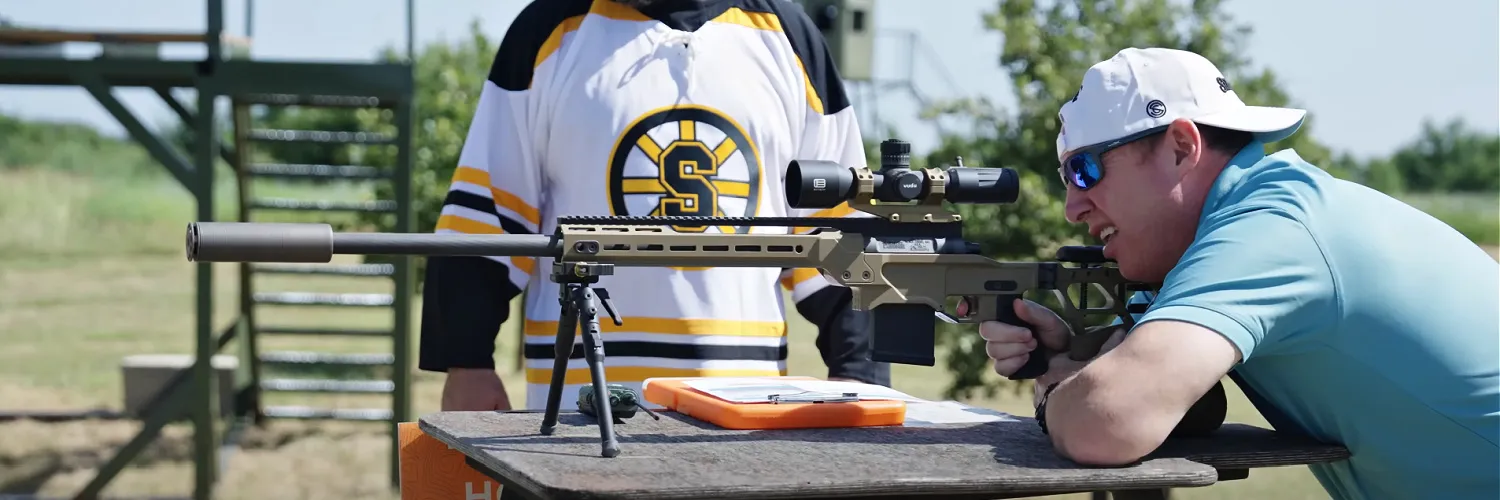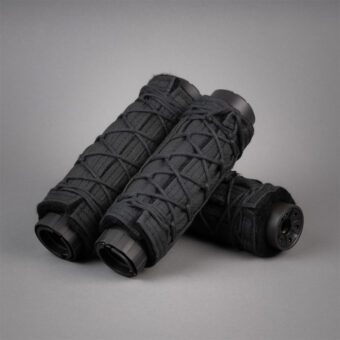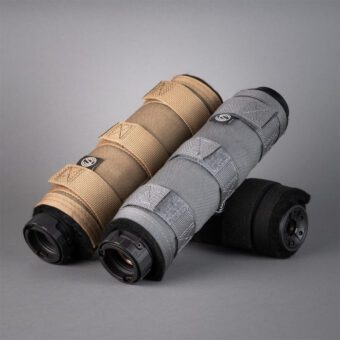What Is a Flash Hider?
David Higginbotham
When it comes to enhancing firearm performance, especially in low-light conditions, flash hiders play a crucial role. Not to be confused with other muzzle attachments like muzzle brakes or compensators, a flash hider serves a unique function that goes beyond reducing recoil or controlling muzzle rise.
Understanding what a flash hider is and how it works is essential for anyone looking to improve their shooting experience, whether for tactical applications, hunting, or simply better performance in varied lighting conditions.
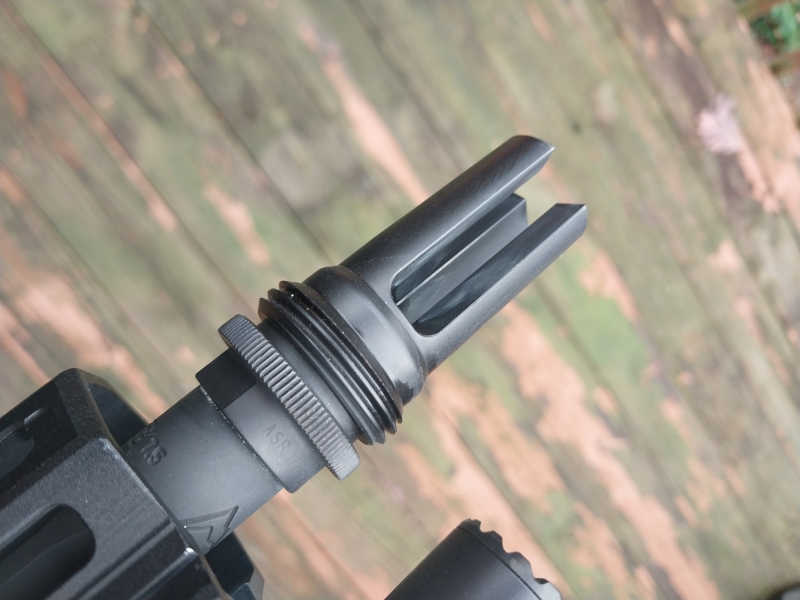
What Is a Flash Hider?
A flash hider is a purpose-driven device that eliminates the burst of flame following a bullet out of the muzzle. Unlike a muzzle brake (which reduces felt recoil), or a compensator (which helps reduce muzzle rise), a flash hider specifically addresses visible flash.
A common misconception suggests the goal of a flash hider is to hide the location of the shooter. This is often seen as the primary objective, but it isn’t.
Flash hiders serve a more practical purpose for the shooter — even when there’s no sound reason to hide their location. Eliminating the flash prevents the sudden and blinding flash of bright light that can overwhelm dilated pupils that — just moments before — had been dialed in for low-light conditions.
How Do Flash Hiders Work?
There are multiple types of flash hiders, but each works similarly by breaking up the ball of fire exiting the muzzle from igniting gases. They achieve this by forcing the gases through small holes, longer slits, or directing them straight ahead of the gun itself.
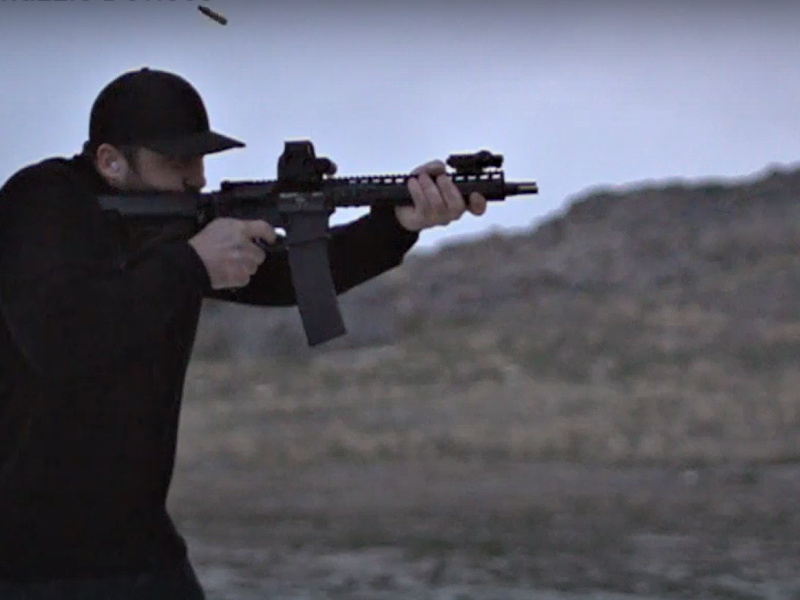
What Types of Flash Hiders Exist?
There are three common designs to flash hiders: Cones, Tines, and Birdcage.
Before we settle in on a working definition of the flash hider device itself, it may be beneficial to note some of the synonyms that remain in common usage. If you do much historical reading, you’ll see these terms: flash hider, flash suppressor, flash guard, flash cone, and flash eliminator.
We’ll stick with the umbrella term flash hider for these descriptions.
Cones
The first type of flash hiders were conical-shaped devices that originated at the end of the 19th century. Ironically, these antiquated cone-shaped devices are most well known because Han Solo’s DL-44 Blastech Blaster prop has a repurposed MG81 cone stuck on the end of a broom-handled Mauser.
The old cone-shaped devices have evolved into a more tubular shape. Some are rather large and open, effectively shrouding the muzzle and forcing the expanding gas directly forward after giving it a bit of room to expand just outside of the muzzle.
There’s a variety, though, that bakes in more complexity. These are tubular, but instead of a wide-open end, the tube necks back down. This adds a small expansion chamber of sorts to the end of the barrel, trapping some of the gas (which builds back-pressure for the operation of the action). For an example, look at the AKS-74U. This shorty has the expansion chamber and an old-school cone.
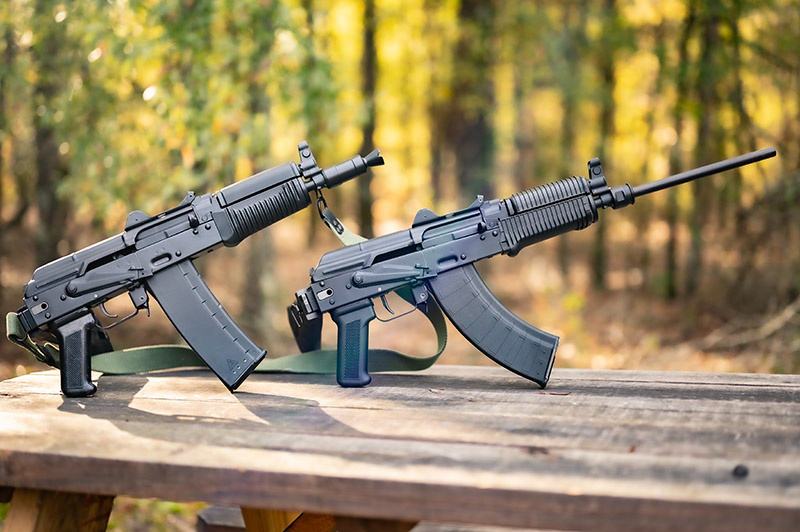
Cones didn’t last long. They were common on machine guns, and Jungle Carbines, but were quickly replaced by tines.
Tines

Tines are open on the end, like the tines on a fork, only in a circular pattern. These interrupt the flow of gas nicely, breaking things up, but can be cumbersome for those who carry a rifle through thick brush as the tines can catch on branches or vines.
The answer to this problem was simple: a closed-tine design, otherwise known as the birdcage.
Closed-Tine (Birdcage)
Birdcage flash hiders are the most common and have long slits, like the tined variety, but close them off at the end. These are far less likely to catch in brush.
If you are going to be moving through dense brush, I’d suggest the ASR Closed Tine Flash Hider. This provides reliable performance, and hassle-free design. Once installed, it works with any of the ASR mounts.
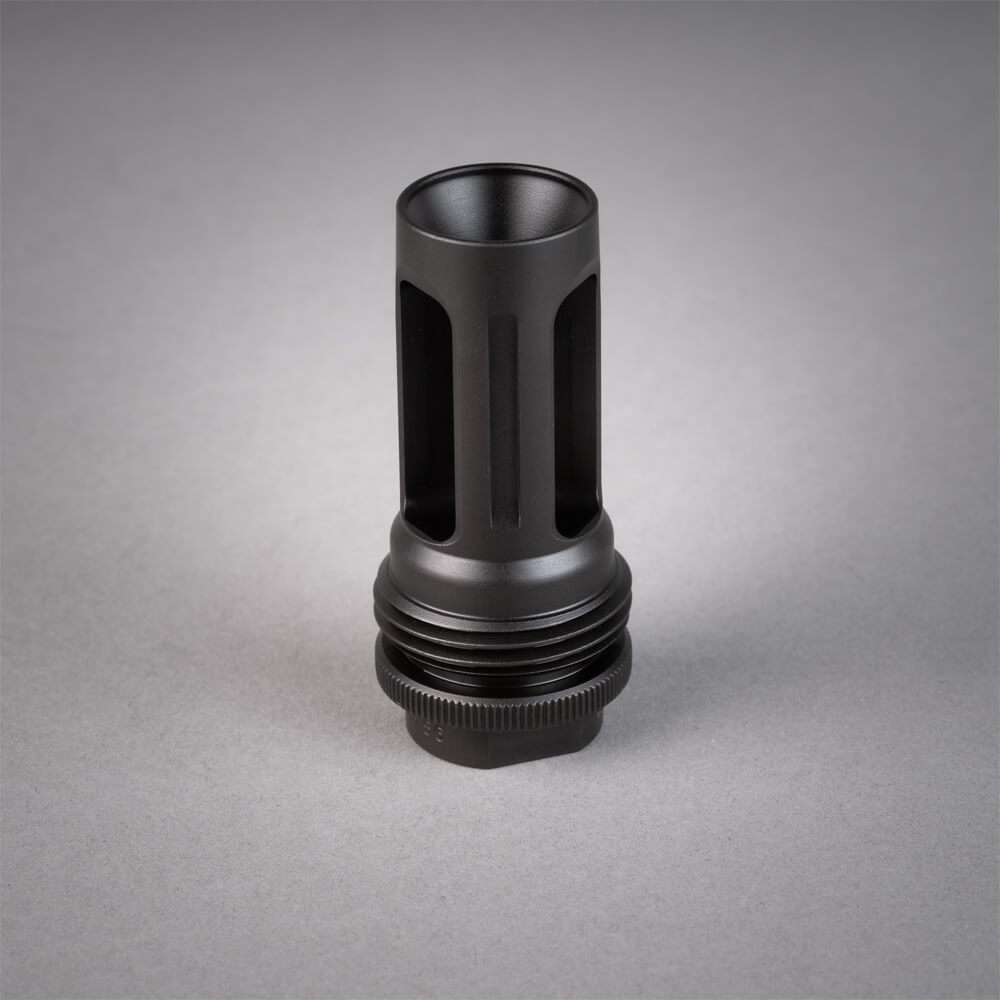
Do You Need a Flash Hider on a Rifle?
The answer is easy enough: if the gun produces a muzzle flash, a flash hider is a logical addition. In some circumstances it might keep you camouflaged, and, in low light, it will help protect your sight by not compromising your ability to see.
Many hunting rifles, though, are long enough that the powder burns completely in the barrel. This is the ideal, after all, as none of the combustion energy is wasted. While a bolt-action .308 with a 22” barrel will benefit from a suppressor, it isn’t a good candidate for a flash hider.
Carbines, on the other hand, are notorious for their flash and short-barreled rifles are even worse. This may be why flash hiders are associated with carbines and muzzle brakes are more common on longer rifles. Carbines are, almost always, smaller calibers that are easily managed by the shooter.
On a long-range rifle, a muzzle brake can help mitigate the felt recoil and disperse any flash.
How Do Flash Hiders Attach to a Rifle?
While some flash hiders might be welded onto a barrel, or pinned in place, the vast majority simply thread onto the muzzle. As flash hiders are often cut in such a way that the gas and flame can exit in multiple directions (all of which are equally spaced around the device), there’s no real need to get the timing exact as you might with both a muzzle brake and a compensator.
Many factory flash hiders are easily removed with a bit of elbow grease. The exception are those welded onto shorter carbines. This practice brings a shorter barrel up to the minimum length needed to qualify as a rifle and avoid the short-barreled rifle designation.
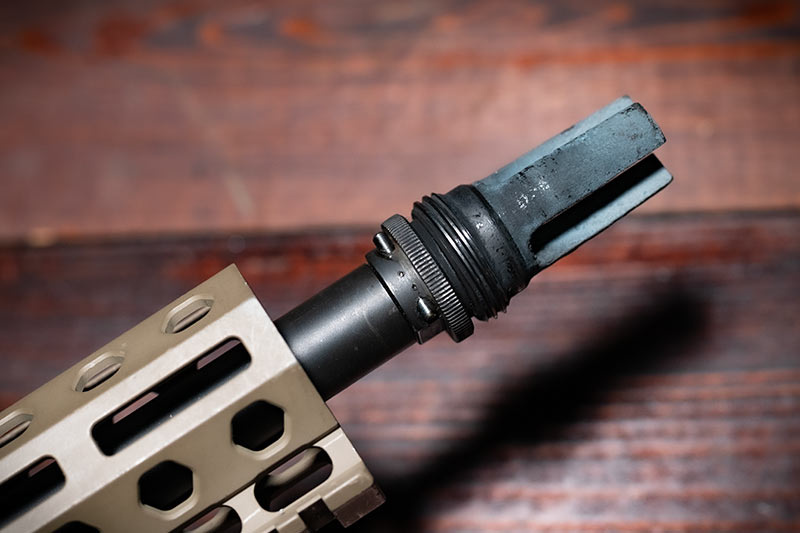
Are Suppressors Flash Hiders?
Unequivocally, yes. Even on short-barreled rifles, a suppressor will eat almost all of the muzzle flash. The baffles inside the can redirect the gas back on itself and allow the extra room needed for the unburnt powder to burn off.
All of SilencerCo’s suppressors will function as flash hiders. As many of us shoot both suppressed and unsuppressed, SilencerCo has built functional attachments that — when used in isolation — act as traditional flash hiders, but allow for effortless attachment of suppressors.
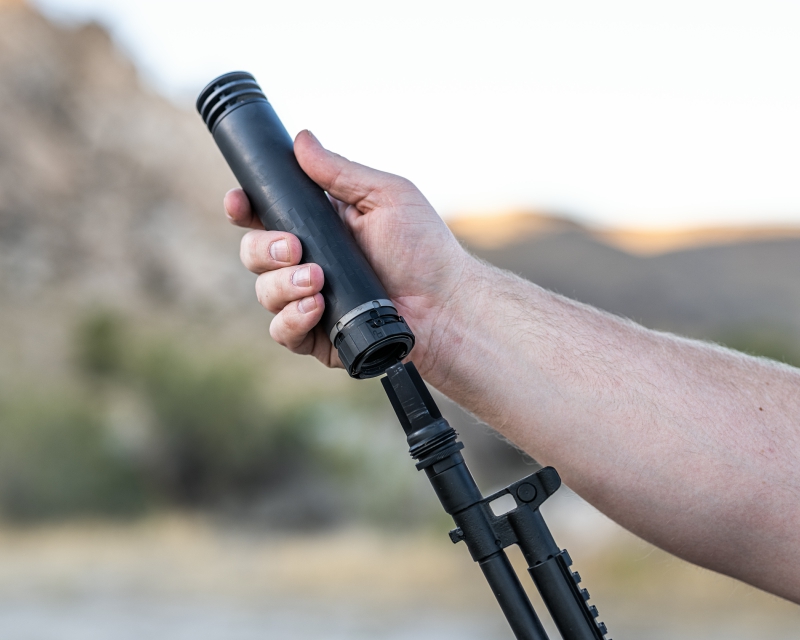
Some suppressors, like the Velos LBP, are designed to minimize the additional pressure a silencer can introduce into a rifle’s action. In doing so, they push more of the gas and flame to the front. The Velos LPP uses a Charlie Flash Hider front cap to help break up any muzzle flash that might otherwise escape as a ball of flame.
Conclusion
Incorporating a flash hider into your firearm setup is a practical choice that can improve your overall shooting experience. By reducing visible flash, it prevents the blinding light that can impair vision in low-light conditions, enhancing both safety and accuracy.



